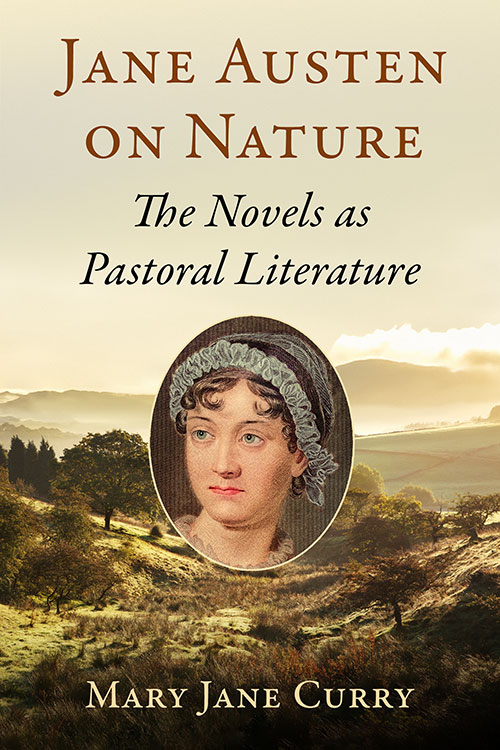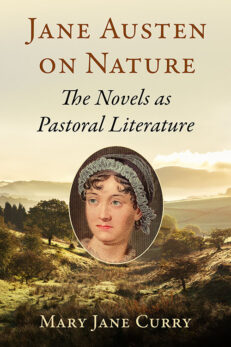Jane Austen on Nature
The Novels as Pastoral Literature
$49.95
In stock
About the Book
Jane Austen’s heroines respond to the power of the natural world, seeking comfort in nature’s calm or referencing trees and “verdure”—meaning fresh greenness and fertility—in relation to their awakening self-knowledge and, in most, their sexuality.
This book focuses on interactions between Austen’s heroines and uncontrollable forces of nature. Gender and nature are interwoven; some upper-class, usually male characters exploit nature as they exploit women. In the fragment Sanditon, Austen satirizes resort developers who commodify both nature and women. This work demonstrates how Austen transformed the Regency novel through pastoral language and structures, illuminating themes of greed, the inequality of institutions and cultural norms, and the emotional development of young women in the early nineteenth century.
About the Author(s)
Bibliographic Details
Mary Jane Curry
Format: softcover (6 x 9)
Pages: 192
Bibliographic Info: 11 photos, notes, bibliography, index
Copyright Date: 2025
pISBN: 978-1-4766-9624-9
eISBN: 978-1-4766-5432-4
Imprint: McFarland
Table of Contents
Acknowledgments vi
Abbreviations and Page Numbers viii
Preface 1
Introduction: A Natural Sequence to a Childhood in Nature 5
One. Definitions: Austen’s Transformed Pastoral, the Literary Language of Nature 13
Two. Sense and Sensibility: “Constant and painful exertion” 29
Three. Pride and Prejudice: Elizabeth Bennet’s Pastoral World 46
Four. Mansfield Park: “To look on verdure” 63
Five. Emma: “Exquisite” Nature and Intellectual Isolation 84
Six. Persuasion: From Isolation to New Pastoral Community 103
Seven. Northanger Abbey: “The pleasure of walking and breathing fresh air” 124
Eight. “Catharine,” “Evelyn,” and Sanditon: Burlesque to Satiric Genre-Bending 138
Conclusion 153
Chapter Notes 155
Bibliography 171
Index 181





